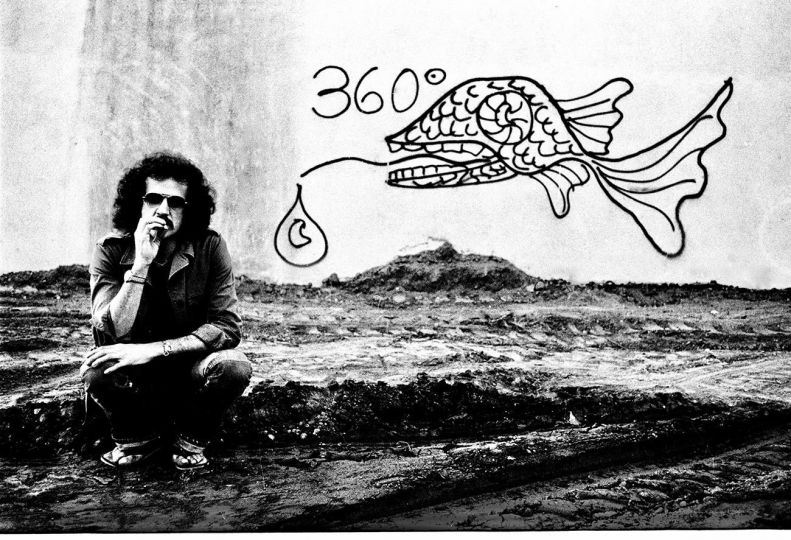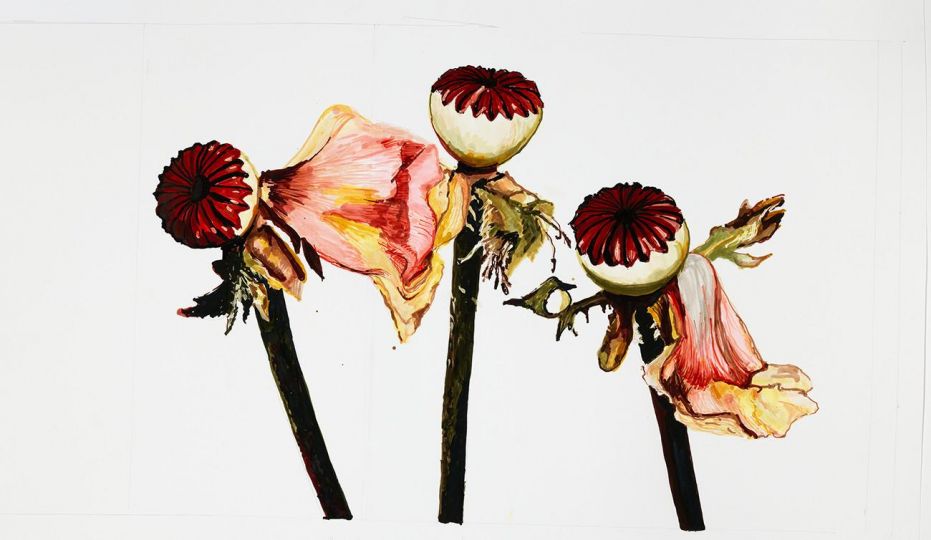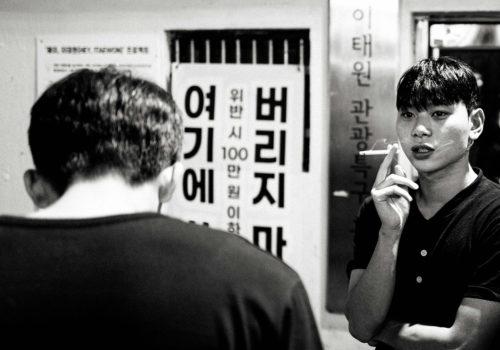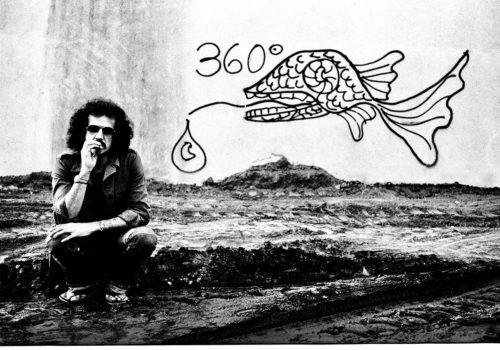Milan Kundera’s cult novel The Unbearable Lightness of Being, superbly adapted into film, has inspired the title of the latest exhibition at the new Photography Gallery at the Centre Pompidou, offering a broad panorama of 1980s’ photography.
Remember the decade of easy money, the flaming 80s, when advertising was king, cocooning, rap, rhinestones, kitsch, Beineix and Besson, Diva and Nikita, La Movida Madrileña, British Thatcherism, the quiet force of Mittérandism in France, but also AIDS, recession, unemployment, and the rise of extremisms. The decade’s transformations are reflected in the domain of photography which had just acquired legitimacy and boldly entered the art market with a successful mix of genres and practices, previously very codified. Behind this fresh impetus — as pointed out by Karolina Ziebinska-Lewandowska, curator at the museum’s Department of Photography housing over 40,000 prints — was the availability of color photography, Cibachrome, and high quality large-format prints, as well as Polaroid instant photography.
Two opposing tendencies emerged: on the one hand, the renewal of documentary photography in the spirit of the Düsseldorf School and the photography project of the French Delegation for Territorial Development and Regional Action (DATAR); and, on the other hand, the rise of new possibilities and strategies brought by technological innovation: hybridization, irony, staged photography, pastiche and critique, all on a decidedly anti-documentary note. Photography thus became an object of art in itself, and its status continued to evolve with the advent of postmodernism. A generation of “neo-Pictorialists”—the name originally designated a trend among savvy amateurs in 1900s’ Vienna—rehabilitated the technique and once again brought photography closer to painting. Pierre et Gilles, as well Jean-Paul Goude and Agnès Bonnot pushed the boundaries of established art and adopted color in order to break all conventions. A new conception emerged of a visual artist using photography like any other medium, such as film or video, also prominently featured in the exhibition. If the curator decided to focus on Western art, it was because photography in other regions of the world was still black and white due to the absence of technologies afforded by free market economy.
The exhibition’s theme is subdivided into four sections, giving ample room to lesser known photographers: “The Place of Décor” features the duo Bazile/Bustamante who play on the ambiguity between convenience and superfluity; “Class Practices” are seen through the eyes of Agnès Bonnot (the street is colorful), Martin Parr (trying to find his own path), and Karen Knorr (Anglo-Saxon clubs); “The Duplicity of Artifice” showcases a video by Mark Wilcox and interiors by the collective Présence Pachounette and by Florence Paradeis (overconstructed spaces); and, lastly, the section “(Dis)appearing” centers on the notions of appearance and identity with Ellen Carey, Henri Hergo (the series Les Mythos), Jean-Paul Goude, as well as Unglee and his experimental film Radio-Serpent.
This necessarily incomplete survey reveals traces of anxiety and discomfort in the 80s beneath the apparent superficiality, allowing us to relive what has in the meantime become the stuff of legends!
The exhibition is rounded off by a symposium “Eighties, incomprises?” (“Misunderstood Eighties?”), co-organized with the professional association “Profession photographie.” The symposium, devoted to other emblematic trends of the decade, will be held on Wednesday, May 11.
EXHIBITION
L’insoutenable légèreté, les années 80
Photographs, film
Until May 23rd, 2016
Centre Pompidou – Galerie de photographies (-1)
Place Georges-Pompidou
75004 Paris
France
Free Entrance.
https://www.centrepompidou.fr

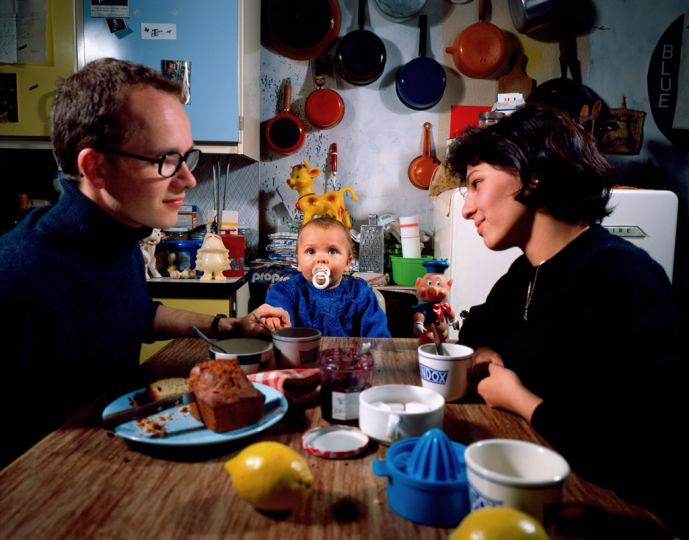






![Sandy Skoglund Radioactive Cats, [Chats radioactifs], 1980 épreuve cibachrome Centre Pompidou, Paris © Centre Pompidou / Dist. RMN-GP © 1980 Sandy Skoglund](/wp-content/uploads/2016/03/e454b0a1a55cbb14ff93442b696b0fef-x540q80.jpg)
![Paul de Nooijer Electriclawnmowingiron, [Fer électrique à tondre le gazon], 1977 Epreuve gélatino-argentique rehaussé de peinture Centre Pompidou, Paris © Centre Pompidou / Dist. RMN-GP](/wp-content/uploads/2016/03/8acc31f23d32f2aa335210ac9af37e4b-x540q80.jpg)








